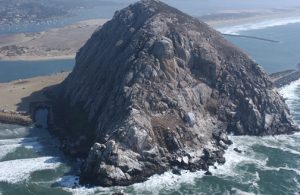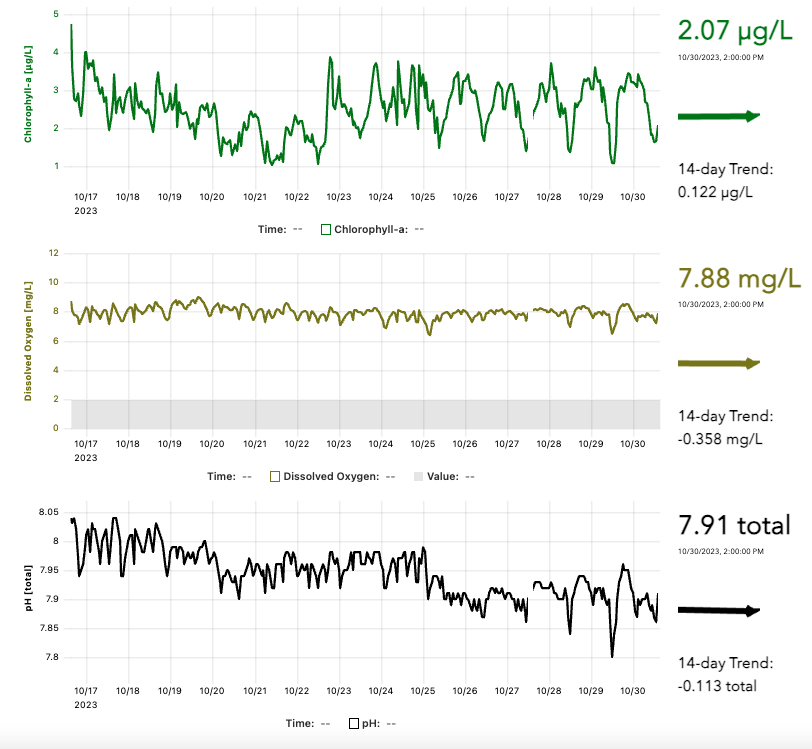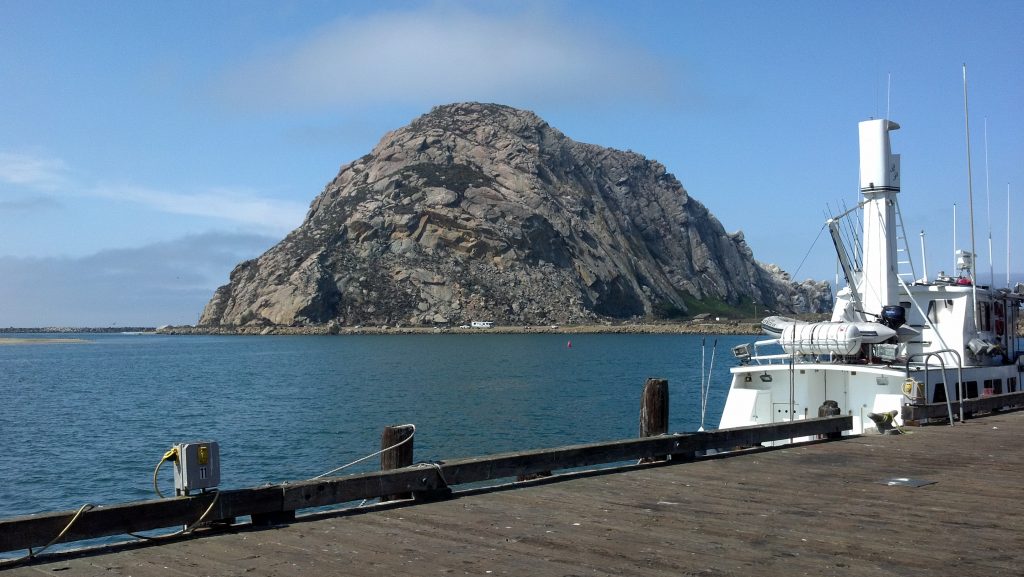
In recent years Morro Bay’s iconic eelgrass beds experienced a massive die-off, declining more than 90 percent since 2007. Efforts to restore the eelgrass have had mixed results in many parts of the bay, and eelgrass is now only found close to the mouth of the bay and sporadically in other regions. Studies shows that in areas where eelgrass disappeared and had not returned — particularly in the southern or back part of the bay — water conditions were dominated by a combination of higher water temperatures and salinity, lower oxygen levels, high turbidity that limits light availability, and limited flushing, where water gets “trapped” for longer periods of time. Previous research has shown that all of these factors can be stressors for eelgrass; together, they may prevent eelgrass from bouncing back. Close to the mouth of the bay, where ocean tides regularly refresh this region with relatively cool, clear and more oxygenated water, the researchers found that eelgrass has persisted, and recent restoration efforts with the MBNEP were successful.
San Luis Obispo | Morro Bay Shore Stations
California Polytechnic State University (Cal Poly) operates ocean observing capabilities in a relatively poorly sampled region along the Central California Coast, south of Monterey Bay and north of Point Conception, the latter of which is a major marine biogeographic boundary. Cal Poly’s ocean observing system is at the boundary of the two IOOS ocean observing RAs (southern boundary of CeNCOOS and northern boundary of SCCOOS). The nearshore station observations funded by CeNCOOS are coupled with HF Radar and HAB measurements with funding from SCCOOS, making for a comprehensive ocean observing program. The Central Coast is home to a growing Blue Economy, with existing and proposed aquaculture, local commercial (and recreational) fishing ports (Port San Luis and Morro Bay), two offshore call (lease) areas for offshore wind energy, a “nationally significant estuary” part of the National Estuary Program (Morro Bay), foundational ecological habitats (eelgrass in Morro Bay, kelp forests along the coastline), California’s last remaining nuclear power plant in Diablo Canyon, several local aquariums (Central Coast Aquarium, Morro Bay aquarium), several marine protected areas (Pt. Buchon State Marine Reserve, Morro Bay State Marine Recreational Management Area), and post-secondary institutions with marine majors/courses and ongoing marine research (Cal Poly, Cuesta College, Allan Hancock College). The ocean observing capabilities that Cal Poly has developed provide critical measurements that support a wide range of sectors and stakeholders in this region, with important implications for the local marine environment, human health, and the Blue Economy.
In Morro Bay, Cal Poly operate and maintain two water quality stations (one at the mouth and one at the head), as well as a meteorological station at the head of the estuary. At both water quality stations, a Sea-Bird 37 SIP CTD, Sea Bird ECOFLNTU, and an Aanderaa dissolved oxygen optode are connected to a Sea-Bird STOR-X data logger and measure temperature, conductivity, pressure (depth/tidal height), fluorescence, turbidity, and dissolved oxygen. The meteorological station measures standard parameters such as wind speed/direction, relative humidity, air temperature, pressure, and shortwave (solar) radiation. Additionally, this past fall, we purchased a Sea-Bird SeaFET pH sensor that will be installed at the back- bay station shortly (we are still waiting for the instrument to ship). An additional sensor, purchased by the Morro Bay National Estuary Program, will be installed at the mouth station. Both stations are powered by solar panels and contain cellular modems for data transfer back to campus servers. The mouth station in Morro Bay is accessed from a pier, while the back-bay station requires a boat for access.
In Morro Bay, the ongoing measurement have been vital in supporting a range of stakeholders and users. Located in an estuary of national significance, as identified by the National Estuary Program, measurements have been broadly used by the Morro Bay National Estuary Program (MBNEP) to understand the causes and consequences of the ongoing decline of eelgrass in the bay (cf. Walter et al. 2018b), as well as to help inform current and future restoration efforts. This work involves the MBNEP, NOAA, CDFW, USGS, Morro Bay Harbor Department, Cal Poly (PIs Walter and Bockmon), CA Sea Grant, and community volunteers. Moreover, local aquaculture (Grassy Bar Oyster Company, Morro Bay Oyster Company) in the back portions of Morro Bay utilize CeNCOOS measurements (particularly the newly installed back-bay station), and will benefit greatly from the soon-to-be installed pH sensor. Aquaculture interest is growing in the region, with several aquaculture startups (e.g., kelpful.com, centralcoastsearanch.com) and a current search for a CA Sea Grant Aquaculture Extension Specialist who will reside at Cal Poly.
Read more about our new OA Monitoring Program in Morro Bay: https://www.cencoos.org/projects-highlights/


